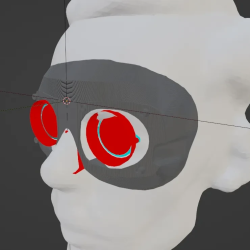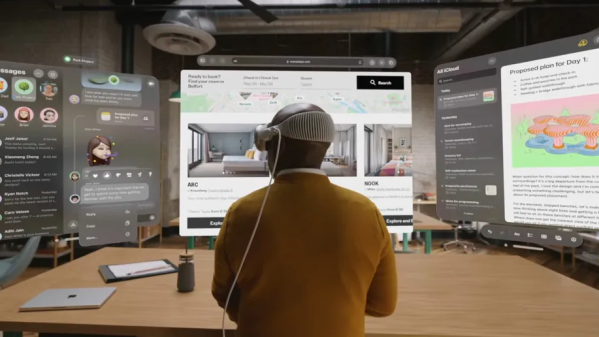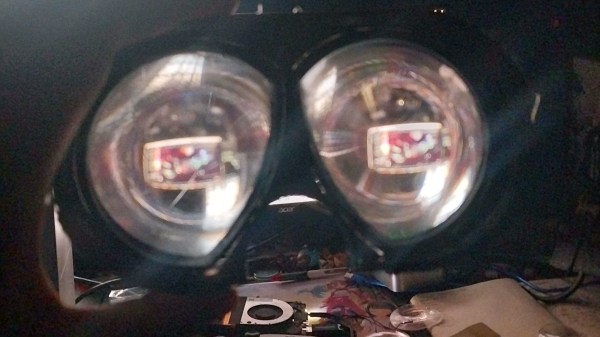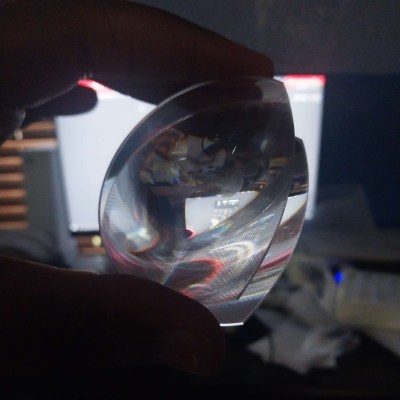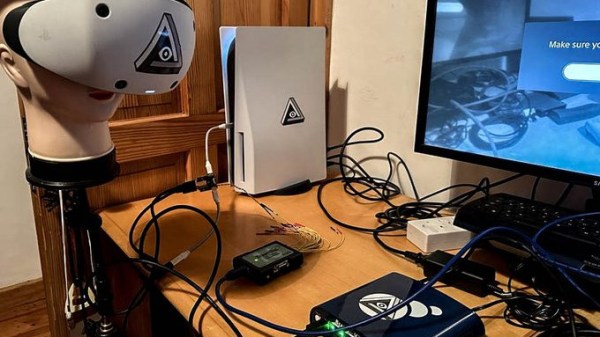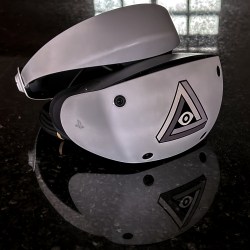The Razer Nari is a decent wireless headset, but it’s a little oddball—because it uses a bespoke USB dongle for pairing. This is all well and good if you’re using a supported configuration; plug it into a Windows PC, run the utility, and you’re good to go. If you’re a Linux user, though, you were out of luck—but [JJ] has just solved that problem.
The tool was created by reverse engineering the pairing protocol used by Razer’s own proprietary software. [JJ] figured out the necessary pairing command, and how to send it to both the dongle and the headset. The headset itself must be connected by a USB cable when initiating the pairing process.
[JJ] believes the tool should work with any Razer Nari and dongle variant. However, the Nari Ultimate and Nari Essential models are yet to be tested, with verification still required. However, the pairing commands were extracted from Razer’s own tool and don’t appear to differ so it should probably work across the board. Setup is still a little fussy, particularly to get both the Game Audio and Chat Audio outputs working under Linux. However, [JJ] has helpfully provided the necessary detail to get everything up and running with PulseAudio and PipeWire setups.
Proprietary hardware can be frustrating to work with at times, but that’s never stopped hackers from reverse engineering their way to success before. If you’ve got your own projects in this vein, don’t hesitate to notify the tipsline!




